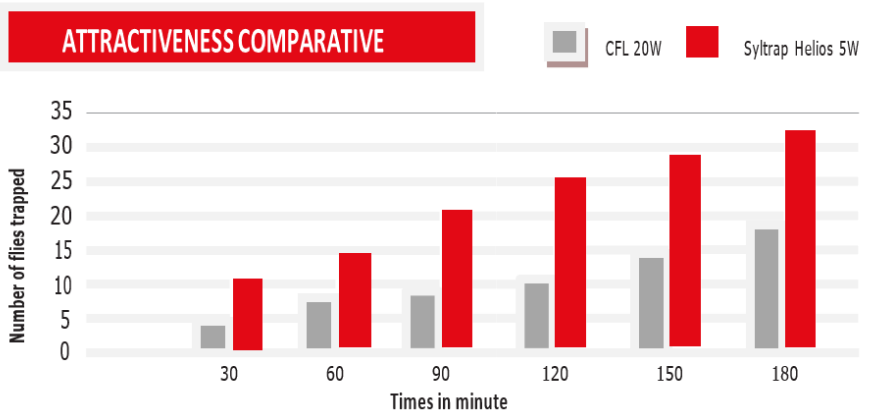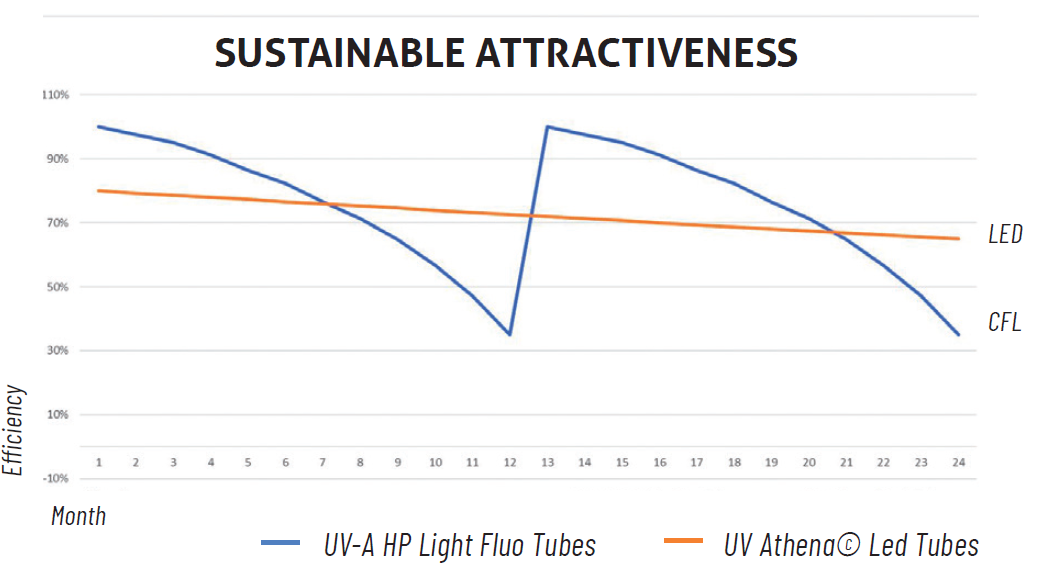Any company or commercial building dealing with flying insect issues—such as mosquitoes and flies, should consider adopting an integrated approach to eliminate them. This includes both prevention and control methods, such as annual pest control contracts, choosing the right insect light trap, and improving site hygiene by eliminating waste and food residues that may attract flying insects. In this article, we will cover the top 7 factors to consider when choosing an insect light trap for your business.
As part of the integrated approach to flying insect control, the first essential step toward insect-free areas is to keep the pests out by ensuring that exclusion equipment - such as fly screens on windows and brush strips under doors - are properly installed and functioning. Our insect light traps come equipped with glue boards that allow field technicians to count and record the number and types of flying insects captured, making it easier to monitor and assess infestation levels.
One of the best solutions of flying insect control is the installation of insect light traps, whether glue board traps or electric traps (zappers), as they quickly remove flying insects from your environment. The faster these insects are eliminated, the lower the risk of disease transmission they may cause.
7 Factors to Consider When Choosing Flying Insect Traps
There are many insect light traps available in the market—varying in design, size, and lamp types—so choosing the right one can be challenging.
Bash Services is an exclusive partner of a global French brand of light traps. It has a specialized technical team that has summarized the 7 key factors to consider when choosing an insect light trap to help you make the right decision:
1. Attraction Efficiency for Flying Insects
This may sound obvious, but selecting an indoor unit that effectively attracts flies, mosquitoes, and other flying insects is essential. Many manufacturers make bold claims about performance—highlighting brightness levels, coverage area, and the range of insect species their devices attract.
However, not all UV lamps used in insect light traps are similar to each other. Fluorescent tubes are manufactured using various compounds to produce different UV wavelengths and are subject to different quality standards. They also tend to degrade quickly, significantly reducing their effectiveness over time.
In contrast, LED technology can be precisely engineered to emit specific wavelengths. And while brightness may seem important, it’s actually the contrast between the UV light and ambient light levels that determines attraction strength. Insects—especially flies—are more drawn to UV wavelengths outside the visible spectrum.
SYLTRAP HELIOS®
Bash Services offers high-performance French-made light traps equipped with UVA LED technology (368 nm). These traps has a specially designed LED lamps that have been laboratory-tested at the manufacturer's facilities. Results show they are 115% more effective at attracting flying insects compared to standard UVA fluorescent tubes (CFL UVA).
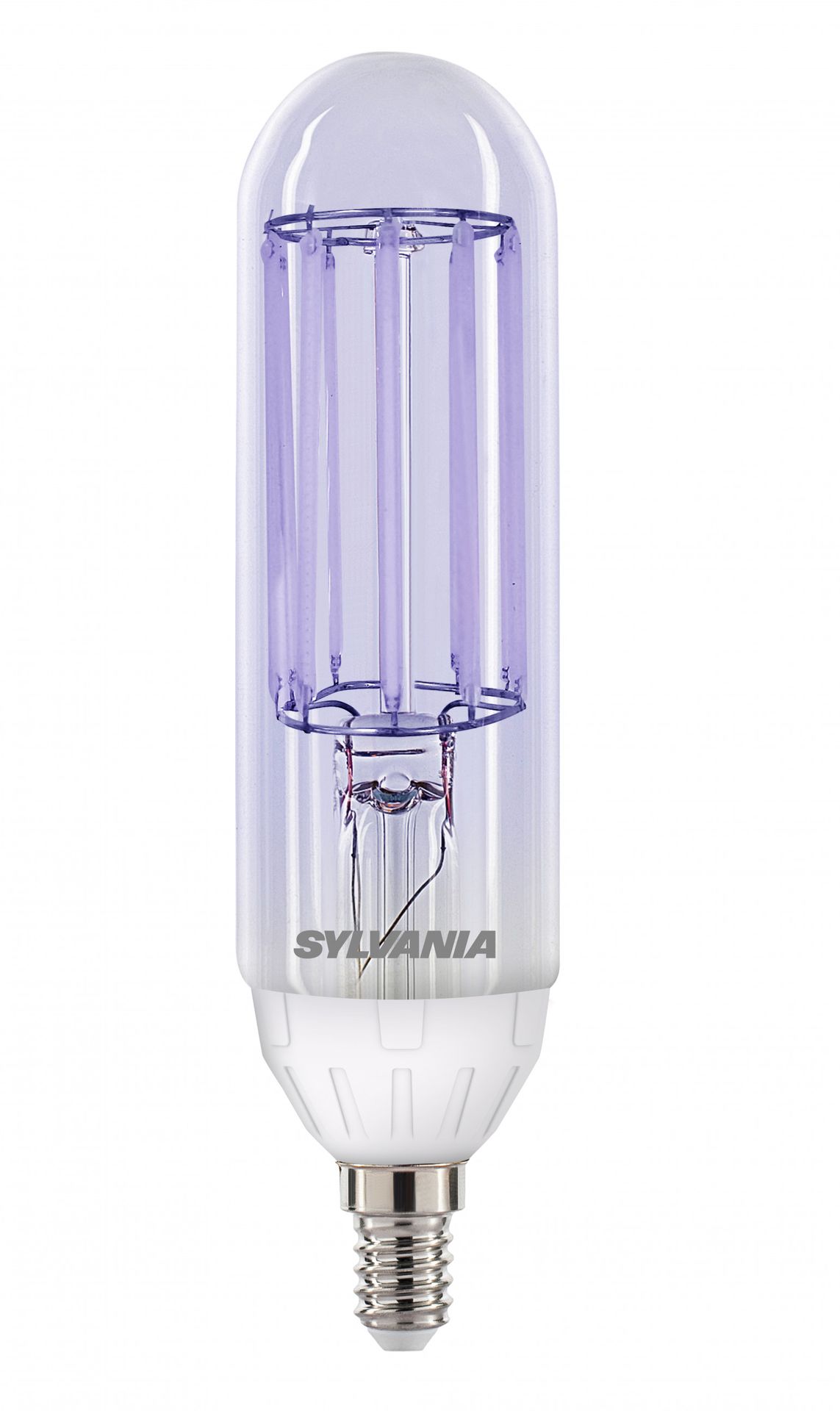
UVAthena® LED tubes
Similarly, for traps that use fluorescent tubes, UVAthena® LED technology features a high density of LED points, which allows a more homogeneous distribution of the flux, and has a favorable impact on the attraction of insects.
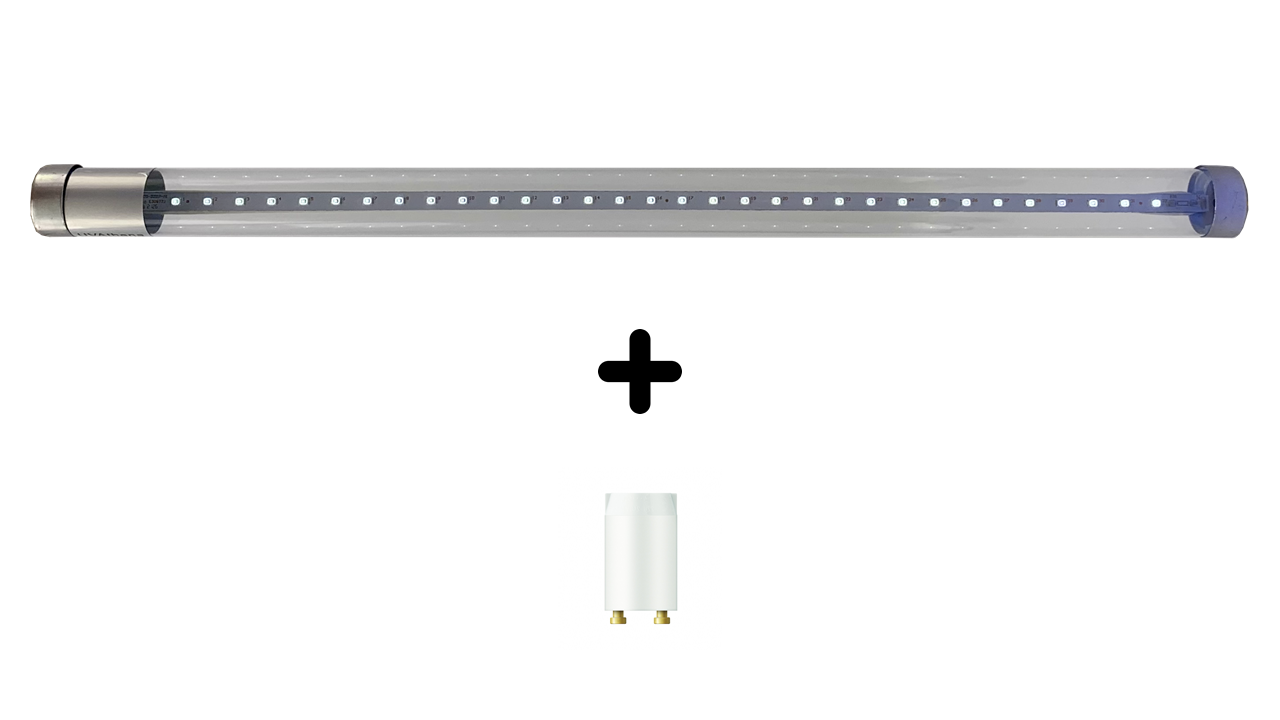
2. Energy Efficiency
Insect light traps are often left turned on for long periods—day and night—which leads to significant energy usage and leads to a large portion of the total operating cost of these traps.
LED lamps and tubes offer up to three years a life span (compared to just one year for traditional fluorescent tubes) and consume less power than standard flying insect traps: 10–33 watts versus 45–90 watts. Their longer lifespan and lower energy consumption help reduce both replacement and operating costs, while also minimizing carbon emissions.
What sets our Syltrap Helios® LED lamps at Bash Services is their ultra-low energy consumption—only 5 watts—offering up to 75% energy savings compared to standard 20-watt fluorescent lamps. Additionally, our proprietary UVAthena® 7-watt LED tubes provide up to 50% energy savings compared to 15-watt fluorescent tubes.
3. Area Coverage
When selecting a flying insect control device, consider the size and design of the room, as well as any objects that may block the UV light. For example, a restaurant kitchen or dining area may require a smaller trap than a large warehouse.
Always check the manufacturer's manual about coverage area. Is there an accredited lab that has verified the trap's coverage? When determining how many traps you need, ensure that all areas receive adequate light and that there are no hidden corners or enclosed spaces like shelving units left unprotected.
Installation is the most critical step in ensuring effective coverage. Light traps should always be placed between the area you're protecting and any potential entry points. They should be mounted at the correct height, away from competing light sources, and never directly above food prep areas.
4. Contrast with Background
Studies on insect light traps show that capturing rates are significantly higher when the color of the trap contrasts with the wall it’s mounted on. This is because high contrast makes the trap more visually prominent to flying insects.
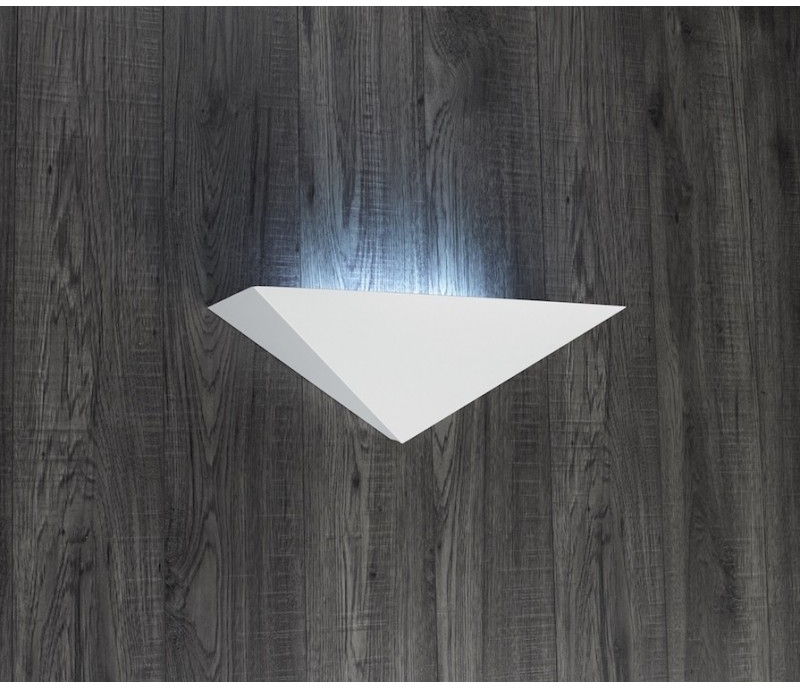
5. Aesthetics
Flying insect traps don’t have to be plain white metal boxes with a metal grid in the center.
For restaurants, hotels, and other spaces where aesthetics matter, decorative and stylish models are available. These traps blend seamlessly with interior design while remaining attractive to flying insects.
Some LED-equipped traps offer a sleeker, more elegant design with slimmer lamps and tubes that reduce glare. Modern designs may also feature colored glue boards that match the trap’s background—discreetly concealing trapped insects from public view.
6. Design
Light traps that designed to look wide are more effective at capturing flying insects than round or vertical traps. This is due to the design of the lamps and the direction of the light inside the unit.
7. Maintenance
There are two main components in an insect light trap that require regular replacement: the lamp/tube and the glue board. The design of the trap plays a key role in how easy it is to open and maintain. Always choose a trap that allows for quick and hygienic maintenance.
For food processing environments, glue board traps are recommended over electric grid/zapping traps. Glue traps securely carry the insects, preventing contamination caused by scattered insect fragments from electric shock.
Glue boards should be replaced regularly and disposed of properly. This routine maintenance ensures trained technicians can service the traps hygienically and without contamination risk.
As mentioned earlier, fluorescent lamps need to be replaced annually due to their rapid degradation. Over time, their UV light output diminishes, which directly impacts their ability to attract insects. In lab tests, the used fluorescent bulbs were significantly less effective than new ones, even when they were used in the same trap.
In contrast, LED lamps last up to three years, making them a more cost-effective and lower-maintenance option.
For sectors such as healthcare, food production, hospitality, and education, consider using shatterproof and fire-resistant lamps. These are recommended by international food safety standards like HACCP and ISO 22000. Using these lamps not only eliminates the yearly cost of replacing fluorescent lamps and the 3-year replacement cost of LEDs—but also helps avoid potential fire-related expenses caused by standard lighting.
Discover the Light Traps at Bash Services
If you're looking for the most effective flying insect control solution for your business, make sure to consider these seven key factors. You may also want to explore the wide variety of light traps available to suit different areas within your facility.
For a free consultation on choosing the right trap for your specific location, feel free to contact one of our expert engineers at 0770277555. We will be happy to provide you with all the information you need.


